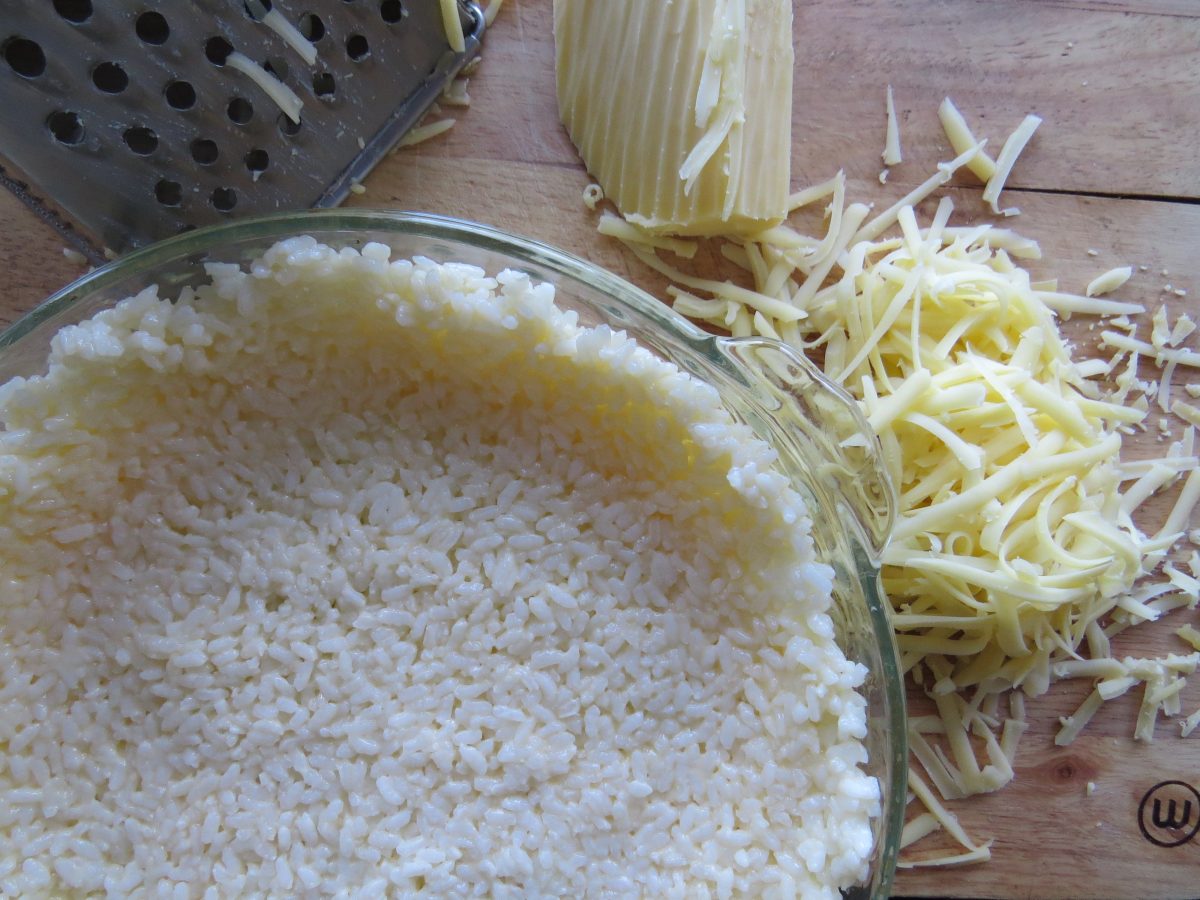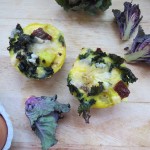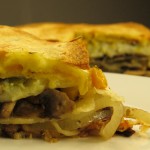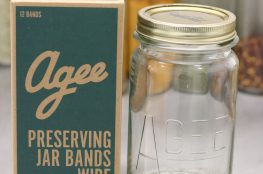Leftovers make up 8% of 122,547 tonnes of avoidable food waste each year in New Zealand.
Where is the disconnect here? Good enough the first time, but not quite enough for a second?
Sometimes it takes a little motivation and inspiration to get creative with leftovers but it is actually a fun challenge and not a particularly hard one. I always have a rye smile when my Englishman is amazed at my ability to create a fully fledged dinner out of a seemingly empty fridge. I love it.
With an open mind you can broaden your recipe repertoire and feel how surprisingly proud you’ll be after whipping up a meal out of ‘virtually nothing’, which in actuality is a ‘whole lot of something’.
Just for the record, my interpretation of ‘leftovers’ is literally: prepared food, uneaten for the meal in which it was made (urban dictionary a la Julie).
Plan ahead
Especially when vegetables are in ample supply and need to be eaten, it is both economical in time and money to make a ‘big batch’ of soup or casserole — whether to feed a small army, or freeze as single or family portions in an air-tight container for a rainy day when you don’t feel like cooking (or are craving those out-of-season veges)!
But if you are cooking a regular meal, waste prevention is all about thinking ahead. Only prepare what you need to. Serve up small portions. If your hungry family needs to go back for seconds, great. If they don’t, hatch a plan to re-purpose food rather than contend with half eaten dinners wasted. It is not hygienic to scrape half-eaten left overs from the plate in an attempt to salvage it in hindsight. It will have enzymes that will start to decompose the food within hours.

Give food a second chance
If the leftover offerings can be divvied up into single portions, do. Keep one in the fridge for lunch the next day (covered in wrap or in an air tight container), then freeze the rest in single portions. Take servings out of the freezer in the morning to defrost on the bench (out of sun and out of reach of the cat) and by the time you step in from work, it’s ready for a reheat. This works great for stew, pie, lasagne, pasta, curry etc.
Be sure to write on the bag what it is (unless you like lucky-dip dinners) and the date you froze it. This will come in handy with freezer rotation to ensure (a) you know what you’re eating and (b) it is still in a safe-to-eat time frame.
Here are some good food safety storage rules:
- Cooked meat, stews, egg or vegetable dishes (Fridge: 3-4 days, Freezer: 2-3 months)
- Gravy & meat broth (Fridge: 1-2 days, Freezer: 2-3 months)
- Cooked poultry & fish: (Fridge: 3-4 days, Freezer 4-6 months)
- Soups (Fridge: 2-3 days, Freezer: 4 months)
For more info on what you can freeze and what you can’t, check out this Storage Chart.
Re-purpose
COOKED VEGETABLES
Whether roasted, steamed or boiled, leftover vegetables can be used in a simple vegetable frittata the next day. Carrots, peas, potato (virtually any vegetable to be honest) can be re-purposed for this recipe. I mostly bake them in muffin tins so they are snack-sized but the concept works just as easily in a pie dish. Don’t limit yourself to left-overs, joosh it up with fresh herbs, grated cheese, feta, a touch of spice and plenty of cracked pepper.
Cooked veges also can be pureed in a food processor and re-used in layered vege stacks; mashed and pan fried (cabbage and potato ‘bubble and squeak’), or to form the base of a soup or stew. Many an amazing soup has derived from leftovers!
Roasted vegetables with a few special spices, also make for delicious dips such as Moroccan Roast Carrot and Broad Bean & Pea Dip.
COOKED MINCE
Whether you are a meat-lover for prefer the vegetarian equivalent ‘Quorn’ (a plant based look-alike) like me, cooked mince can be frozen in portioned bags for another meal. All dressed up with somewhere to go, think lasagne, spaghetti bolognaise, mince on toast, mini pies, stuffed capsicum with leftovers and rice etc.
Cooked meats and fish need to be reused quickly or frozen. Think fish pie, curried sausages, sweet and sour just-about-anything, stir-fried rice.
Virtually leftover ANYTHING can make for a delicious toasted sandwich !
COOKED PASTA
Not only can pasta be repurposed into a new pasta meal (simply stir through olive oil, pureed tomatoes, fresh basil, cracked pepper and some grated Parmesan and you have yourself a light pasta side), pasta can also be used in a frittata.
COOKED RICE
Be careful with leftover rice. Once cooled, freeze immediately or keep for the following day in the fridge, but be sure to reheat to sizzling point before eating. Bacteria loves cold rice and catch foodies off-guard if they try to bend the rules on storage and reheating.
 Leftover rice makes an interesting crust alternative to quiches. Well grease a pie dish; mix together 1 egg, several cups of cold rice and 2 Tbsp of oil; press into base of the pie dish. Use the back of a spoon to compact it. Sprinkle with grated cheese and bake for 10 minutes on 180ºC. This helps ‘seal’ the crust to withstand more liquid quiche toppings.
Leftover rice makes an interesting crust alternative to quiches. Well grease a pie dish; mix together 1 egg, several cups of cold rice and 2 Tbsp of oil; press into base of the pie dish. Use the back of a spoon to compact it. Sprinkle with grated cheese and bake for 10 minutes on 180ºC. This helps ‘seal’ the crust to withstand more liquid quiche toppings.
SALADS
Salads are perfect for a next-day working lunch. The lettuce element will keep crispy in an air tight container although diced tomatoes and cucumber may make it soggy (so my tip would be to remove them completely, or cut away the pulp as the flesh itself is firm and won’t spoil).
SCRAPS
Left-over frames or fruit & vegetable peelings make amazing vegetable stock. If you don’t intend to boil them down for a very fine stock while fresh, freeze them (fish and vegetables separately) until you have the urge.
Failing that, compost the scraps that have no further use for (eg: a worm farm is excellent way to create your own garden fertiliser).
For more interesting statistics from the research click here.









